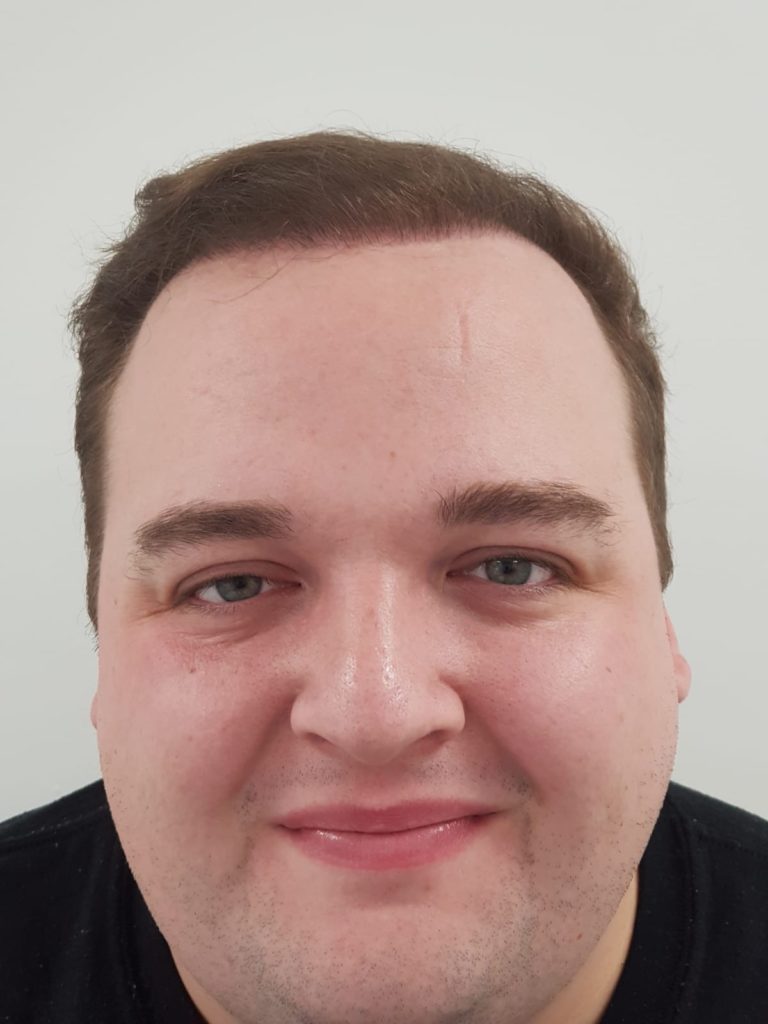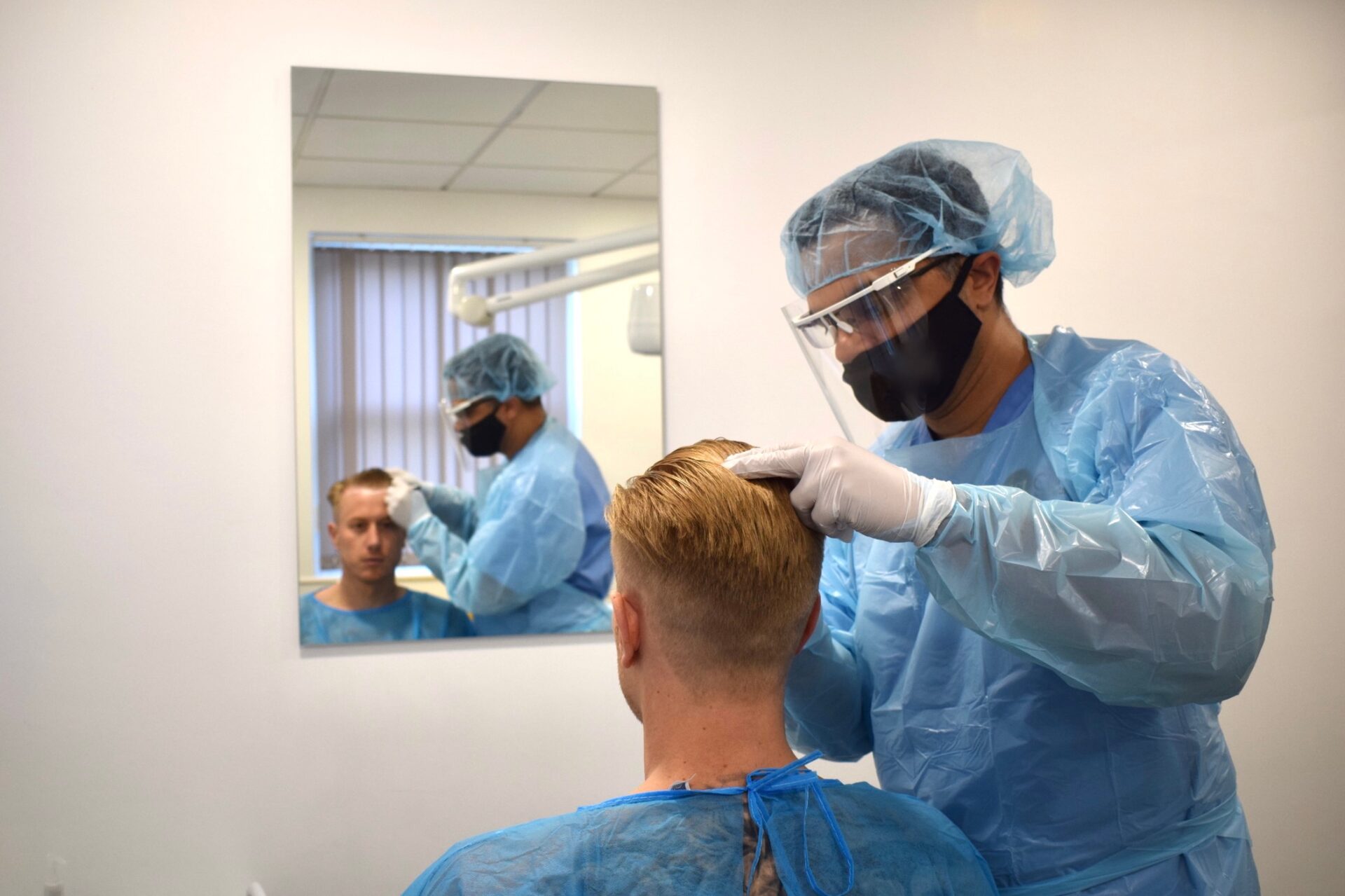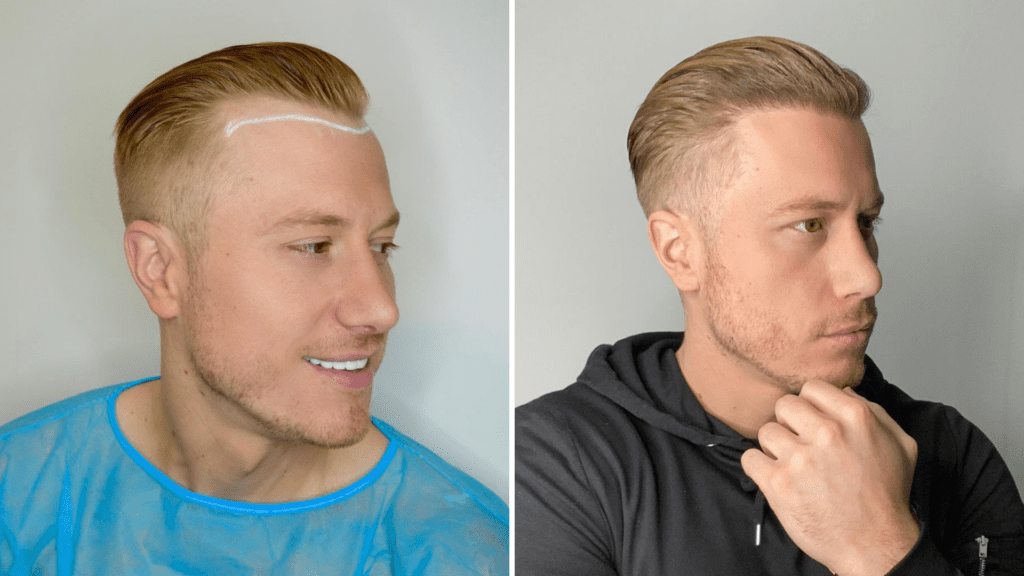Up to 50% of men will see some degree of hair loss by the time they turn fifty years old, while some begin experiencing it at an even earlier age. Hereditary hair loss occurs when dihydrotestosterone, a male hormone, causes follicles to shrink and create hair with a shorter lifespan. While there isn’t a cure for what is called male pattern baldness, there are many hair restoration treatments available that can certainly ensure a natural look.
Follicular Unit Extraction (FUE) is one of them. This hair restoration method is a minor surgical technique with a fast recovery process that can help you overcome hair loss – and gain back the confidence you lost. On top of this, and perhaps the best news people who undergo FUE can receive, this is a permanent procedure, so you don’t have to worry about reverting back!
What is FUE?
FUE transplants as a technique implies the extraction of healthy hair follicles from a donor area on the scalp, one at a time – usually from the back of the head – and grafting them onto the problematic spots. More specifically, the area of attachment of the arrector pili muscles to the follicles is the tightest zone, and is loosened and separated from the rest of the skin, so that a segment can be removed.
This is done with a specialised machine, and it takes a few hours. Although this may appear painful, anyone who opts for this procedure will be under anaesthetic at all times, so the areas involved will be numbed via injection.

What is the Result?
FUE hair transplant is a surgical procedure that can provide you with a look so natural it’ll be impossible to tell whether or not you had it! FUE method can also be used for beard and eyebrow transplants. The end result, although it can depend on the severity of the hair loss, is minimal scarring that is almost invisible and a striking seamless look that can’t be beaten by any other technique. The survival rate of the follicular units after being extracted, then, is high, which is one of the most important elements – if not the most crucial – involved in the success of the procedure.

Here at KSL we make sure that this procedure is used to the highest standards, so you can trust that you’ll only get the best results. After all, we understand just how important it is that you can be confident going about your daily life, knowing that your hair resembles what it used to!




